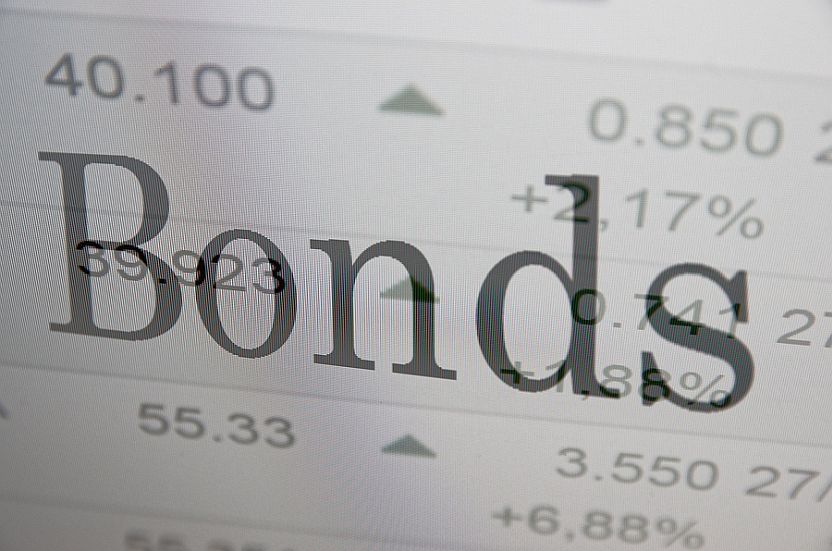Bonds/Interest Rates

FNArena provides a weekly update of Australian listed corporate bond issues, current pricing and yield data.
Feb 16 2017

FNArena provides a weekly update of Australian listed corporate bond issues, current pricing and yield data.
Feb 09 2017

FNArena provides a weekly update of Australian listed corporate bond issues, current pricing and yield data.
Feb 02 2017
Australian Corporate Bond Price Tables
FNArena provides a weekly update of Australian listed corporate bond issues, current pricing and yield data.
Jan 19 2017
Latest News
| 1 | The Market In Numbers – 27 Dec 2025Dec 27 2025 - Australia |
| 2 | Today’s Financial Calendar – 26-12-2025Dec 26 2025 - Daily Market Reports |
| 3 | Weekly Top Ten News Stories – 26 December 2025Dec 26 2025 - Weekly Reports |
| 4 | Today’s Financial Calendar – 25-12-2025Dec 25 2025 - Daily Market Reports |
| 5 | ASX Winners And Losers Of Today – 24-12-25Dec 24 2025 - Daily Market Reports |


